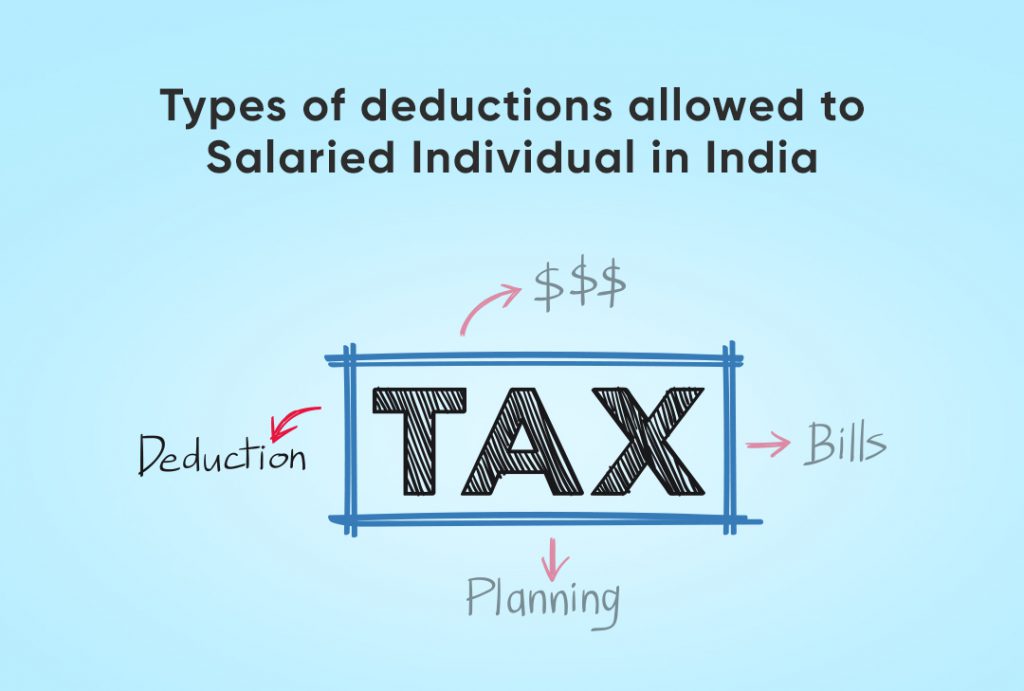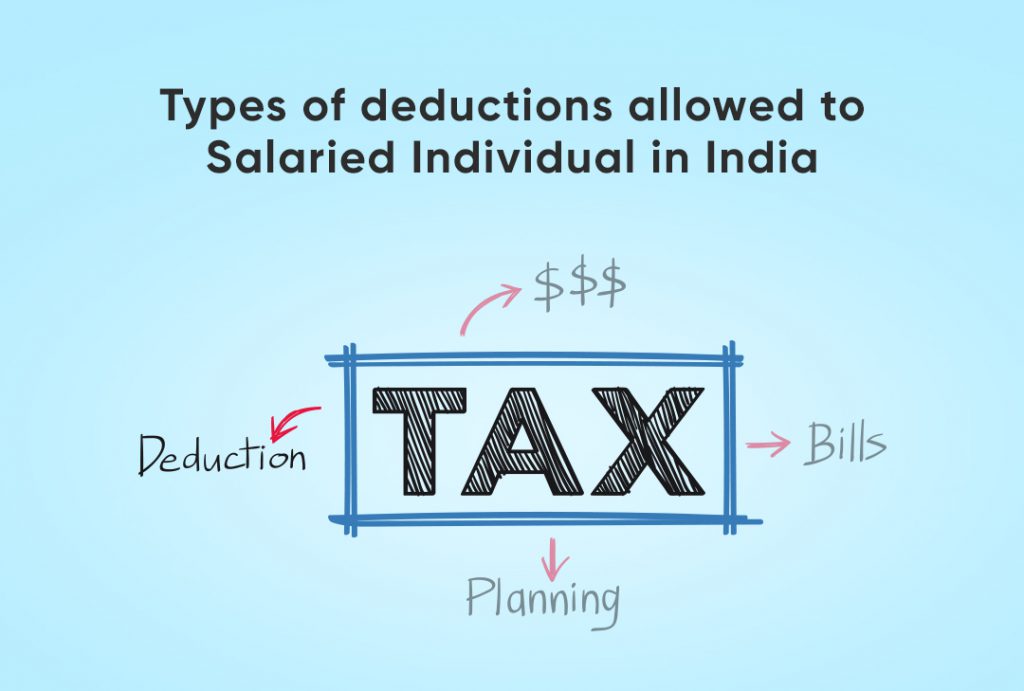
If you are a salaried individual, you would surely spend a lot of time juggling between your income and tax savings. To minimize this, there are a few tax deductions that you can avail of. To understand them, first let us understand the structure of the ITR-1 Tax Return form which is applicable to salaried employees.
The Row 1 of the ITR-1 form mentions ‘Gross Taxable Income’ which would refer to the income you earn from salary paid by your employer throughout the financial year (FY) on which you would be paying tax during the assessment year (AY). The AY is the year after the FY, so for income earned during FY 2019-20 will be paid during AY 2020-21.
However, the entire Gross Total Income need not be taxed, if you smartly invest a portion of your income in financial instruments that allow you deductions under Chapter VI-A. The following are some such deductions that you can avail of:
80C: Deduction for payment of life insurance premium, deferred annuity, contributions to provident fund (PF), subscription to equity shares or debentures
80 CCC:Deduction for payment as contribution to certain pension funds
80 CCD (1): Deduction for payment made as contribution to pension scheme of Central Government. [This is 10% of salary (Basic + DA) for employees and 20% of the salary for self-employed individuals]
80 CCD (1B): Deduction for contribution to National Pension Scheme (NPS) up to Rs. 50,000
The maximum total deduction that can be claimed under 80C, 80CCC, 80 CCD (1), 80 CCD (1B) is Rs. 1.5 lakhs
80 CCD (2): Deduction for 14% of payment made in contribution to NPS made by employer.
80D: Deduction on payment of Health Insurance premium up to Rs. 25,000 (for individuals other than senior citizens) and Rs. 50,000 (for senior citizens.) If an individual is paying for health insurance premium of multiple members in the family, he or she can claim deduction up to a maximum overall limit of Rs. 1 lakh.
80DD: Deduction for maintenance paid pertaining to medical treatment of a dependent individual with disability. The maximum deduction under this section is Rs 75,000.
80DDB: Deduction for expenditure incurred on medical treatment of specified diseases through a neurologist, oncologist, urologist, haematologist, immunologist, or any other prescribed specialist. Maximum deduction allowed under this section is Rs 40,000.
80E: Deduction for interest paid on loan taken for higher education. No upper limit.
80EE: Deduction for interest paid on housing loan for residential property up to Rs 50,000
80EEA: Deduction for interest on housing loan for certain house property or affordable housing. Upper limit for this deduction isRs 1.5 lakh.
80EEB: Deduction for interest on loan taken for purchase of electric vehicle up to Rs 1.5 lakh.
80G: Donations to specified funds or charitable institutions. Limit may vary from 100% of total donation, 50% of total donation, of 50% of total donation up to 10% of Gross Total Income depending on the donee.
80GGA: Deductions for certain donations given for scientific research or rural development. No upper limit
80GGC: Deductions for non-cash donations to Political Parties. No upper limit
80TTA: Deductions for interest earned on money kept in savings bank accounts. Upper limitisRs 10,000 (This is for of assessees other than Resident senior citizens.)
80TTB: Deductions for interest earned on deposits (for Resident Senior Citizens).Upper limit is Rs 50,000.
80U: Deduction for disability, subject to a maximum of Rs. 1.25 lakh depending on type and extent of disability.
Apart from this, salaried individuals also earn a Standard Deduction of Rs. 50,000. This amount is deducted from Gross Total Income as a rule by default while computing Total Income. Thus, Total Income = Gross Total Income – Standard Deduction – Deductions under Chapter VI-A.
The tax slabs apply on the Total Income less any loss that has been born by the assessee in the relevant FY.
The knowledge about the various aforementioned avenues of investment would surely help salaried individuals chalk out an investment strategy to minimize their income tax payable.
